We’ve all been there; You’re in a busy supermarket with a long queue behind you and your debit card is declined. You know that you have money so what’s gone wrong?
Well don’t panic – there are all sorts of reasons why your card might be refused by the terminal and actually, most of the time they are nothing to do with you.
With debit card usage increasing massively, especially since the pandemic it is not unusual to see people having their cards declined.
Card declines can be for a variety of reasons and for the purposes of this post we are going to rule out the most common reason – you don’t have any money in your account, because after all, you keep on top of your budgeting.
In this post, we are going to look at the most common reasons for debit card declines and let you know when you can do something about it.
In this article:
- Inactive cards
- Technical issues
- Your merchant doesn’t take your card
- Voids
- Expiry dates
- Security Timing
- Out-of-area declines
- Failed transactions
- Unusual transactions
- Multi-factor authentication
- You’re holding the wrong card
- Daily purchase limits
- Risky purchases
Inactive cards
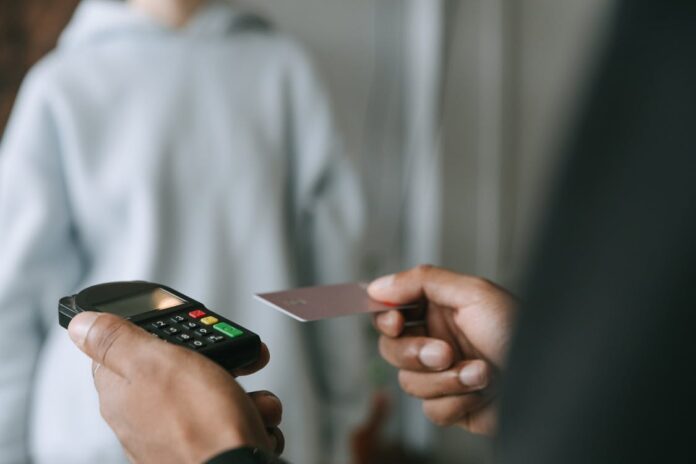
The problem here is that some cards need to be activated and some don’t and you don’t always know which is which.
Often banks will attach a sticker to the front of the card to tell you that you need to activate it by using it one time in an ATM or calling the bank but sometimes they don’t and when you go to use it… you know the rest!
Technical issues
An interruption to the signal between a card machine and the bank, a short power outage or not holding a chip and PIN card over the reader for long enough can cause the reader to malfunction.
This can often lead to a decline or a voiding of the transaction entirely. Don’t worry though, just try again and it will probably work.
Your merchant doesn’t take your card

Not all merchant terminals take all cards. For example, in the UK, Amex cards are not widely accepted whereas they work perfectly well pretty much anywhere across the US.
Make sure if you are travelling overseas that your card type is accepted or just use a different card and you’ll be fine.
Voids
A void transaction is one that hasn’t been fully completed and has been cancelled.
If you are presenting the card in person then this can often be caused by fat finger syndrome (simply pushing the wrong button on the card reader) but technical issues can also cause this.
If you are buying online then any number of issues can happen between your basket and checkout meaning that you might be waiting for products that will never appear!
Often these will show up on your bank account as pending and then disappear, usually within 24 hours. Fortunately, if you use apps like tapeeno, you get a great dashboard that shows when transactions have been voided. This means that you can call the merchant and make sure that the sale is put through again.
Expiry dates
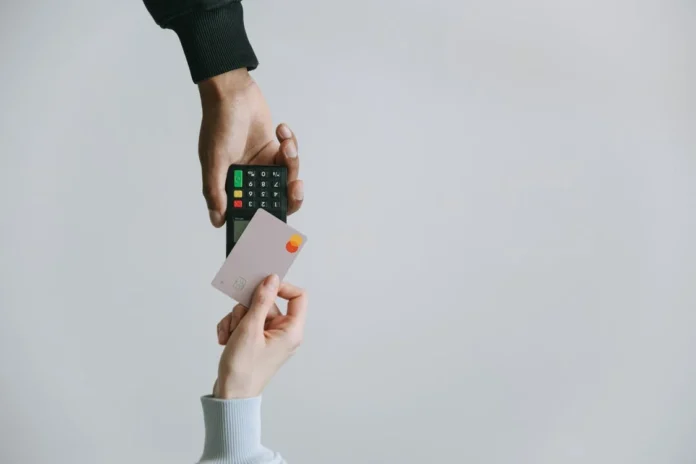
This is a classic.
All debit cards have expiry dates and if you haven’t checked yours recently then you could be finding your payment is declined at the checkout.
It’s not helped by the fact that cards can have very long lives and so when a card declines because of an expiry date then it comes as a surprise.
Just check your post to see if you have an unopened letter from your bank containing a new card.
Security Timing
Banks have standard security procedures to combat card fraud and one of these is to decline a card after a certain number of transactions or after a certain length of time.
Typically this happens with chip and pin devices but this can be easily countered by simply inserting the card into the reader and using your PIN number.
Out-of-area declines
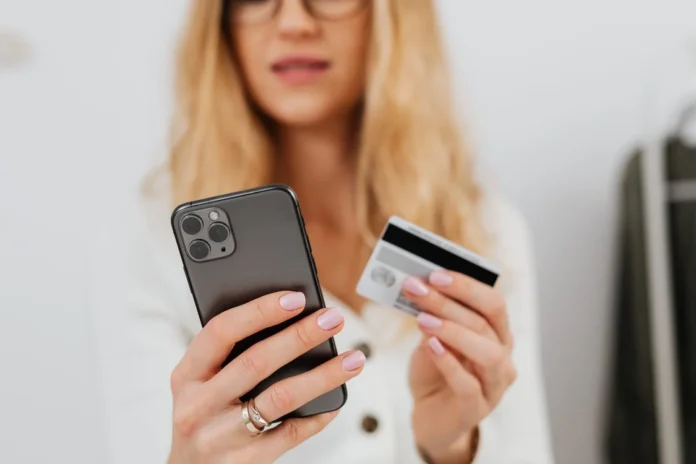
Your bank knows where you live and it knows where you use your card so if you go out of area then it gets suspicious as it thinks the card may have been stolen.
This most often happens when you go to a different town far away or cross into another country.
It’s always a good idea to call your bank before you leave the country to let them know in advance so that you don’t have to explain a card decline in a different language!
Unusual transactions
Banks use sophisticated methods of spotting unusual activity on your card and this can often lead to an annoying decline.
Of course, they are only trying to keep our accounts safe so when you suddenly decide to buy a high-value item or something that fraudsters can easily exchange for cash like a mobile phone, then your debit card will often decline.
Multi-factor authentication

More and more banks are using Multi-Factor Authentication (MFA) to make sure that the right person is using the card.
Typically you’ll get a text or a message through your banking app asking you to authorise the transaction but if you have your phone on silent then you won’t know you have got one.
You’re holding the wrong card
Most banks are sensible enough to know that having different colours for credit, debit and business cards is a good idea but some don’t seem to have taken the hint and the only sign that you are using your business account for example is the word “business” in tiny letters!
Just make sure that you are using the card you think you are otherwise it could end up in an embarrassing situation.
Daily purchase limits
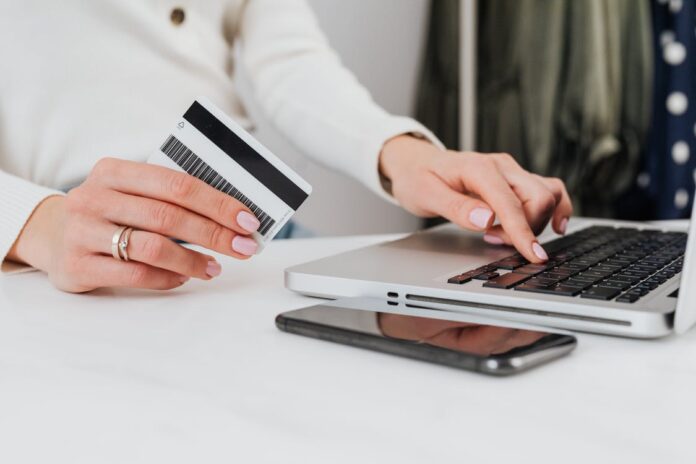
Often cards will have daily purchase limits to make sure that fraudsters are limited in the amount they can get away with.
This will be combined with behaviour tracking to make the card more secure.
So for example, if the bank knows that you only ever spend up to £150 per day and suddenly you want to spend £10,500 then it thinks something is wrong and will ping your card with a decline. Just call the bank and explain what is going on.
Risky purchases
There are some things that fraudsters just love to buy with other people’s money.
These are items that are relatively high-value and that can easily be exchanged for cash.
Expect your bank to question when you want to buy laptops, mobile phones, computer memory, tablets, high-value gift cards etc.
High and dry at the checkout?
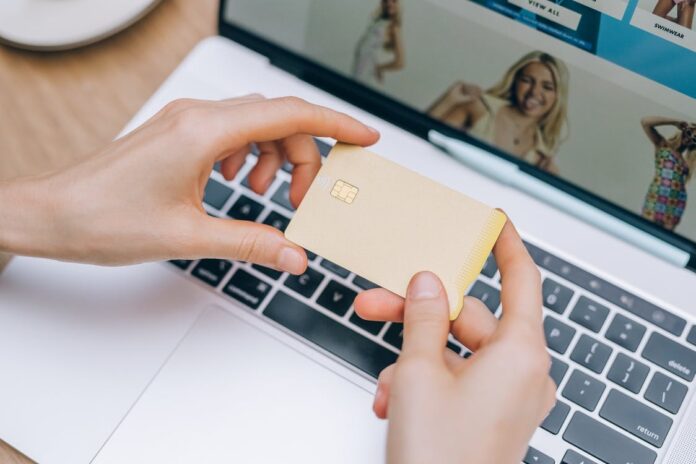
If you are left at the checkout asking “Why is my debit card declined when I have money?” then there is usually a very good reason.
The truth is that although it can be annoying and sometimes embarrassing, most of the time you can get around a decline by simply presenting your card again.
And we must remember that the majority of the reasons for debit card declines are there for our own safety.
Because of ever-tightening security measures around debit cards, declines are not as unusual as they once were so of course there’s no reason to be embarrassed.
The best advice we can give is to make sure you have a variety of ways to pay so that if you do suffer a debit card decline you can still complete your purchase.







